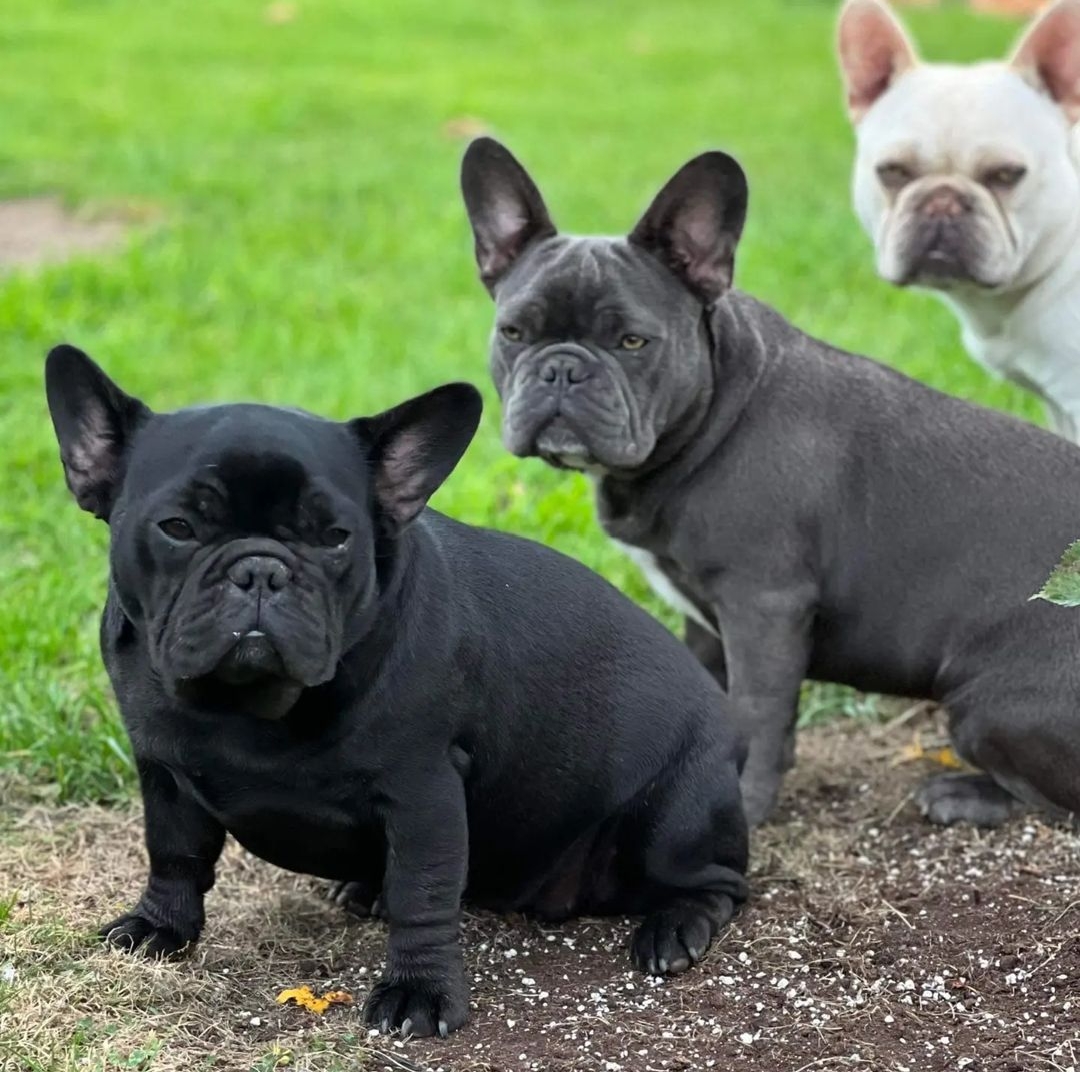Is Your Dog Is Peeing Inside?
- FreeRange null

- Nov 3, 2023
- 2 min read
Updated: Aug 8, 2024
Understanding why your dog is peeing inside is crucial, and various factors could contribute to this behavior.

Lack of training is often a fundamental issue, especially if it has been a recurring problem since your dog was a puppy. In such cases, focusing on consistent training and rewarding outdoor peeing can be highly effective.
However, if this is a new problem, it's essential to consider potential health issues. Problemslike bladder infections, incontinence, or conditions such as diabetes or Cushing's Disease could be causing excessive thirst and, consequently, indoor peeing.
Keep an eye out for behavioral changes and consult with a veterinarian to rule out any underlying health concerns.

Anxiety is another significant factor that may lead to indoor peeing. Changes in the household, thunderstorms, or loud noises can trigger stress in your dog. Identifying the source of anxiety and addressing it through behavioral training or creating a safe space for your dog can help alleviate this issue.
Boredom is not exclusive to humans; dogs also need mental stimulation and exercise. If your dog is not sufficiently engaged, they might resort to unwanted behaviors like peeing inside. Ensure your dog has enough toys, walks, and training sessions to keep them mentally stimulated and active.
Territorial dominance, more common in unneutered male dogs, can lead to marking behavior, especially in response to new pets or people in the household. Spaying or neutering your dog can reduce territorial marking tendencies and improve overall behavior.
Providing ample opportunities for your dog to go outside is crucial. Regular bathroom breaks, at least every 3-4 hours, are essential for preventing indoor accidents.
To address the issue and stop your dog from peeing inside, establishing a routine is key. Dogs thrive on routines, so take them out consistently after meals, waking up, and before bedtime.
Positive reinforcement, such as praise and treats, when they pee outside, reinforces good behavior. Avoid scolding or punishing for indoor accidents, as this can lead to fear and anxiety.
Watch for signs like sniffing, circling, or whining, indicating your dog needs to go outside.
If accidents persist, use baby gates or a crate to limit your dog's access to certain areas of the house.
Cleaning indoor messes with an enzymatic cleaner is crucial to eliminate odors that might attract your dog to the same spot.
Patience is key during the learning process, and understanding accidents as part of that process helps create a positive training environment.
Consider spaying or neutering your dog, as it not only helps with birth control but also reduces territorial marking tendencies and improves overall behavior.
If the problem persists, seeking professional help from a veterinarian or a pet behaviorist can provide insights into your pet's specific needs and challenges. These experts can offer custom solutions, effective training techniques, and communication strategies to bring peace and harmony back to your home.
All our puppies go home with PD Insurance
Vet bills can be very expensive
We highly recommend Pet Insurance
Click the link below to get your best quote






Comments